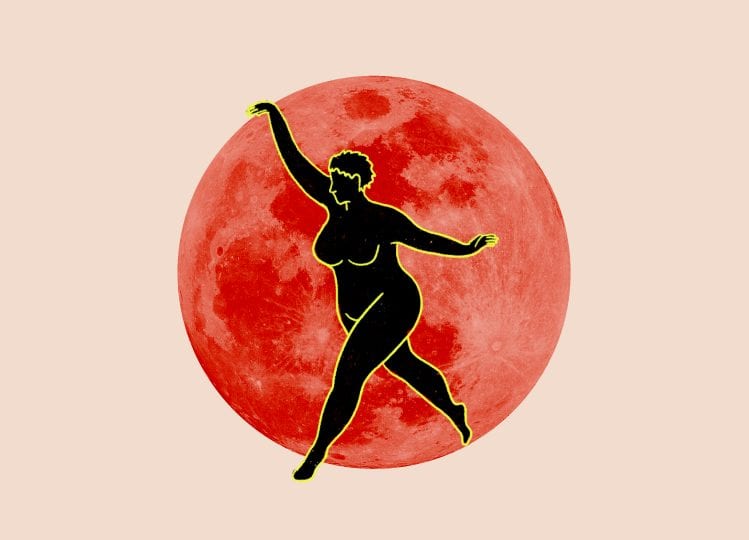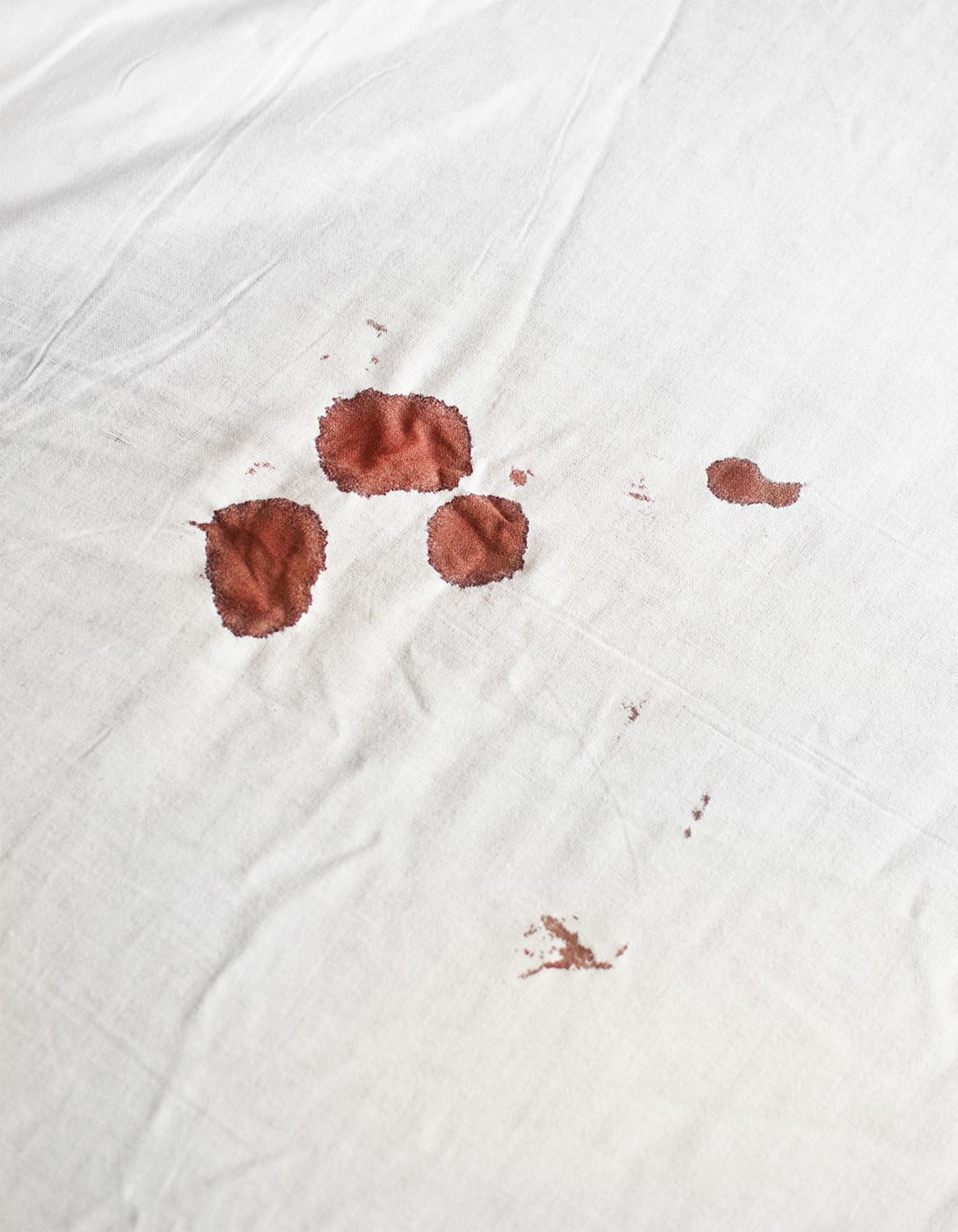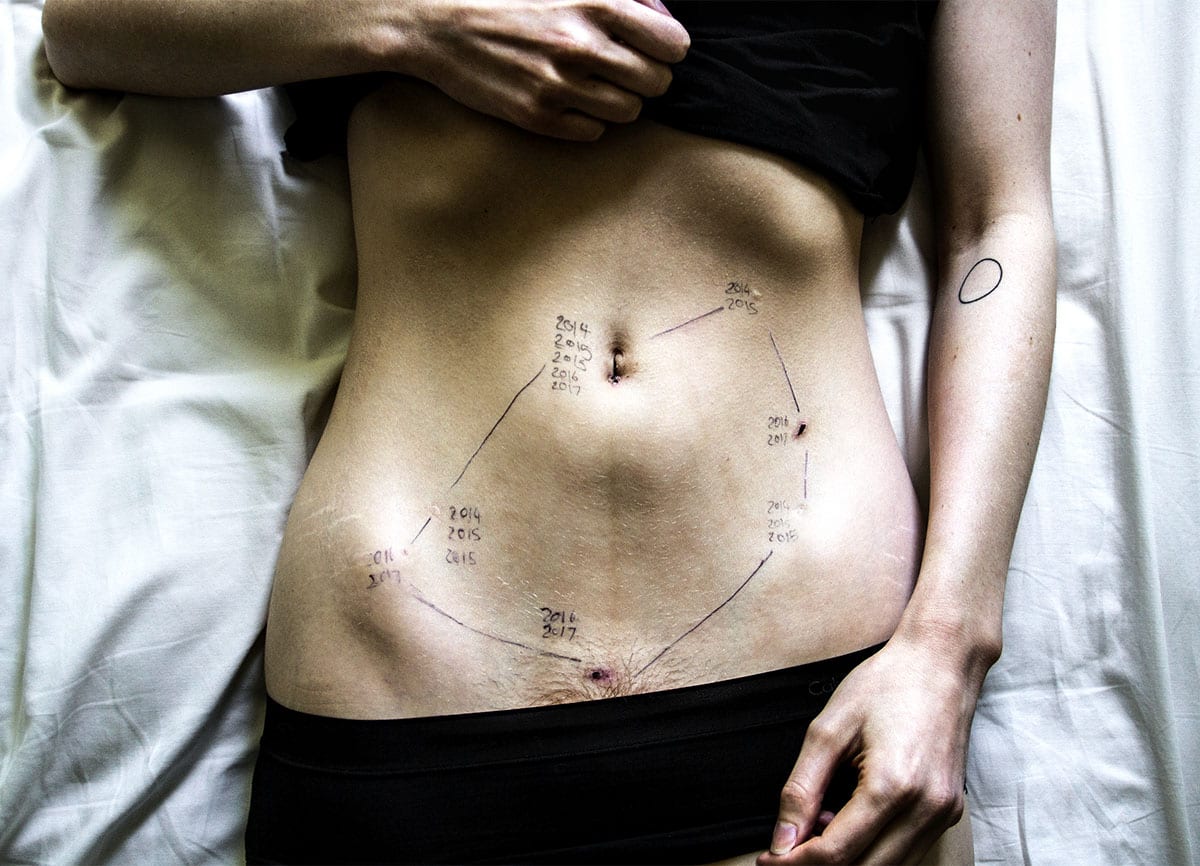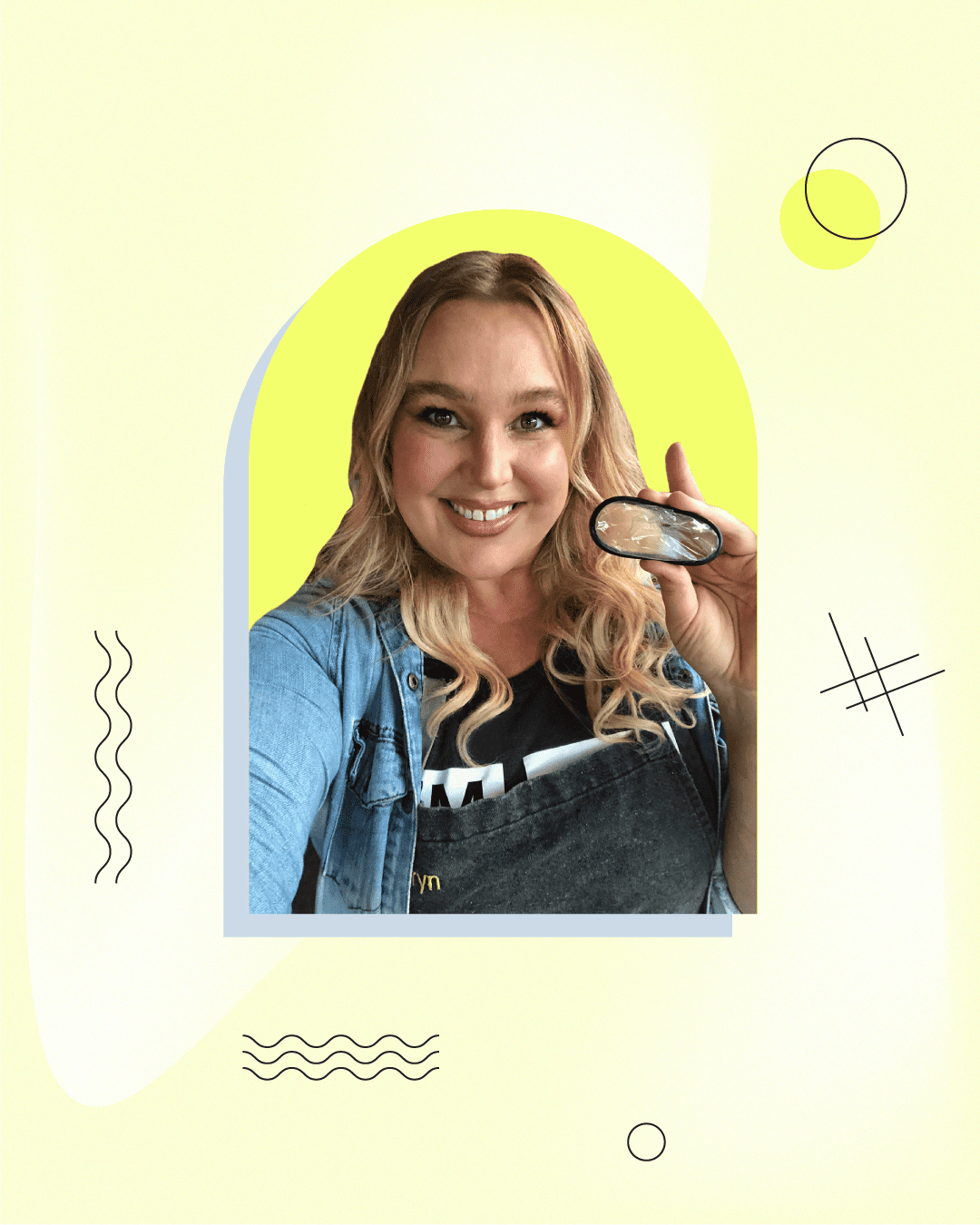The four phases of your menstrual cycle
TL/DR: Your period is not synonymous with your cycle— but it happens during your menstrual cycle, which is broken down into four distinct phases: menstruation, the follicular phase, ovulation, and the luteal phase. Find out what happens during each stage of your menstrual cycle.
ICYMI: “Your period” and “your cycle” are not the same thing
You’ve done it. Famous TV personalities have done it. Heck, even some of our own staff have done it. No— we’re not talking about forgetting to floss or secretly spiking our morning coffees. We’re talking about how we refer to our periods. And, as it turns out, some of us have been using the wrong terminology for years (blame it on that questionable middle school health class).
“Being on your cycle” does not, in fact, mean that you’re on your period. While it’s a widely accepted euphemism for menstruation, older generations have gotten it all wrong: Your menstrual cycle (by definition of the word “cycle”) is ongoing. From the time that you get your first period to the time you hit menopause, it technically only stops if you become pregnant.1 And it’s divided into four unique, hormone-driven stages.
Let’s break down the four phases of the menstrual cycle so you know what to expect during that time of the month— and all those other times of the month when your body is equally busy keeping its reproductive organs in healthy, working order. Read on to learn more.
“If you menstruate, you’re always on your cycle. That means your cycle is constantly influencing you.”
What is the menstrual cycle?
The menstrual cycle is a series of hormonal changes that prepare a woman’s body for pregnancy each month. It involves the shedding of the uterine lining during menstruation, followed by the growth of a new lining, ovulation, and potential fertilization of an egg.
What are the four stages of your menstrual cycle?
So: let’s talk about your cycle. A normal menstrual cycle length lasts somewhere between 21 and 35 days; the average is 28 days.2 The first day of your menstrual period marks the beginning of a new cycle. The cycle has four phases:menstruation, the follicular phase, ovulation, and the luteal phase. During each phase, your body undergoes different phenomena driven by the interactions of hormones produced by the hypothalamus, pituitary glands, and ovaries.1
Your menstrual cycle has the ability to cause mood changes, impact your energy levels, sex drive, and more. Studies have even found that the phases of your cycle have an effect on early visual cognitive processing— meaning you might react differently to certain visual stimuli when ovulating versus during menstruation.3

Stage 1: Menstruation
When you get your period, your menstrual cycle isn’t ending— it’s actually just begun. During the menstrual phase, estrogen and progesterone levels plunge, prompting the top layers of your thickened uterine lining to shed.4 We’re all familiar with period cramps, a telltale sign that your uterus is contracting in order to shed menstrual blood.
For most folks assigned female at birth, menstruation lasts around 4 to 5 days or up to 7 days.5 During this stage, you’re likely to feel a bit more physically fatigued than usual; some studies also suggest that exercise performance may be slightly reduced.6 To cope with cramps, bloating, and other not-so-fun side effects, we suggest practicing a little extra self-care during this phase: Take a hot bath, enjoy your favorite warm beverage, or try out some yoga poses to stretch out achy muscles.
Stage 2: The Follicular Phase
Technically speaking, the follicular phase (a.k.a. the proliferative phase) is the first phase of your cycle, meaning menstruation takes place during this phase. Many health experts only formally recognize three phases of the menstrual cycle – follicular, ovulation, and luteal – which are loosely grouped into “before egg release,” “during egg release,” and “after egg release” respectively.4 To keep things simple, though, we’ll discuss the follicular phase separately from menstruation.

But first, what’s a follicle? In the ovary, you will find small sacs of fluid called follicles. Each follicle contains one developing egg. During the follicular phase, the pituitary gland ups its production of follicle-stimulating hormone (FSH), stimulating the follicular growth of anywhere from 3 to 30 follicles. As the phase continues (it lasts for about 13-14 days, including the number of days you were on your period) levels of FSH drop off, and only one follicle (dominant follicle) will continue to grow. At this point, an increase in estrogen levels prompts other follicles in the ovary to break down; meanwhile, the lining of your uterus thickens once again in preparation to receive an egg.4
Stage 3: Ovulation
Ovulation: you’ve probably heard of this phase! It marks the release of the egg from an ovary, a process that takes place once luteinizing hormone and follicle-stimulating hormone levels have surged. The ovulatory phase only lasts for about 16 to 32 hours, ending as soon as the mature egg has been released. If you’re trying for a baby, it’s best to have intercourse 1-3 days before ovulation so that sperm is already present in the reproductive tract when the egg is released. 4
Some individuals may notice a slight twinge of pain during ovulation, known as mittelschmerz (try saying that four times fast). Weirdly enough, the actual cause of this pain is unknown, but it’s completely normal. On the bright side, it’s also common to experience an increased sex drive and boost in sexual desire before and during ovulation 7— just make sure to use contraception if you aren’t trying to get pregnant!
Stage 4: The Luteal Phase
The luteal phase begins after ovulation, lasting for approximately 14 days— that is, unless there is a fertilized egg and a pregnancy begins. During the luteal phase, the ruptured follicle that just released the egg closes up, forming a structure known as the corpus luteum. The corpus luteum produces progesterone, prompting several other changes within the body:4
- Basal body temperature increases slightly
- The lining of the uterus is prepared for the possible implantation of an embryo
- The endometrium thickens, filling up with lots of fluids and nutrients that the potential embryo would need
- Mucus in the cervix thickens so that bacteria (or sperm) are less likely to make their way into the uterus

Estrogen levels also remain high during the majority of the luteal phase. Sometimes, higher estrogen and progesterone lead to breast tenderness as the milk ducts dilate slightly.4 Towards the end of the luteal phase, when those hormone levels drop once again, you may begin to experience symptoms of PMS: bloating, headaches, cramping, appetite changes, mood swings and irritability are all commonly associated with the days leading up to menstruation.2
A luteal phase that lasts less than 10 days is considered a short luteal phase, resulting in a period within 10 days of ovulation. This doesn’t provide enough time for the uterine lining to thicken and support an embryo, making it difficult to conceive.
Embrace the stages of your menstrual cycle
If you menstruate, you’re always on your cycle. That means your cycle is constantly influencing you. We may laugh at debunked notions of our uteruses “being ruled by the moon,” but bodies that menstruate are literally, physically ruled by our menstrual cycle. Your hormones shift throughout the four phases of each cycle, influencing everything from your sex drive to your chocolate cravings.7
Here at Flex®, we hope to keep chipping away at the stigma surrounding the menstrual cycle (and the menstruation phase, in particular). We should all feel free to talk candidly—even graphically!—about our periods. Periods can be painful, inconvenient, and embarrassing. They can also be beautiful, enlightening, and cleansing. We hope you enjoyed getting to know yours a little better.
And stay tuned: In Part II of this series, we’ll go into detail on how and why to track your menstrual cycle and highlight some of our favorite tracking apps.
Have questions on this topic that we didn’t cover here? Feel free to leave us a comment or shoot us an email at thefornix@flexfits.com.
This article is informational only and is not offered as medical advice, nor does it substitute for a consultation with your physician. If you have any gynecological/medical concerns or conditions, please consult your physician.
© 2024 The Flex Company. All Rights Reserved.
- Reed, B. G. (2018, August 5). The Normal Menstrual Cycle and the Control of Ovulation. NCBI Bookshelf. Retrieved from ncbi.nlm.nih.gov/books/NBK279054/[↩][↩]
- Matteson, K. A., Mumford, S., Schmidt, P., & Yonkers, K. A. (2018, March 16). Menstrual cycle resources. womenshealth.gov. Retrieved from womenshealth.gov/menstrual-cycle/menstrual-cycle-resources[↩][↩]
- Yamazaki, M. (2017, January 1). The menstrual cycle affects recognition of emotional expressions: an event-related potential study. PubMed Central (PMC). Retrieved from ncbi.nlm.nih.gov/pmc/articles/PMC5558101/[↩]
- Knudtson, J., Knudtson, M., McLaughlin, U. E., Health, U. T., & Science Apr. (2019, April 1). Menstrual Cycle – Women’s Health Issues. Merck Manuals Consumer Version. Retrieved from merckmanuals.com/home/women-s-health-issues/biology-of-the-female-reproductive-system/menstrual-cycle[↩][↩][↩][↩][↩][↩]
- CDC. (2015, August 28). Heavy Menstrual Bleeding | CDC. Centers for Disease Control and Prevention. Retrieved from cdc.gov/ncbddd/blooddisorders/women/menorrhagia.html[↩]
- Pallavi, L. (2017, February 1). Assessment of Musculoskeletal Strength and Levels of Fatigue during Different Phases of Menstrual Cycle in Young Adults. PubMed Central (PMC). Retrieved from ncbi.nlm.nih.gov/pmc/articles/PMC5376807/[↩]
- Law, B. M. (2011, March). Hormones & Desire. American Psychological Association. Retrieved from apa.org/monitor/2011/03/hormones[↩][↩]






